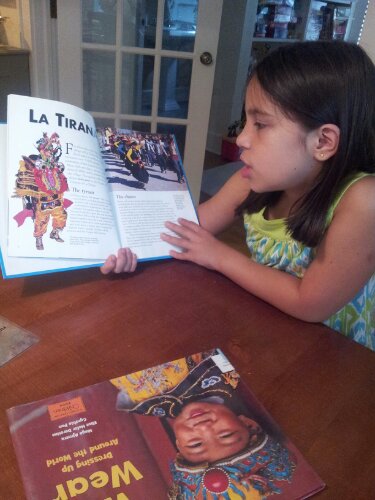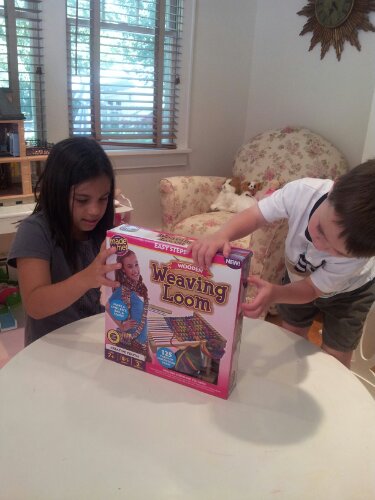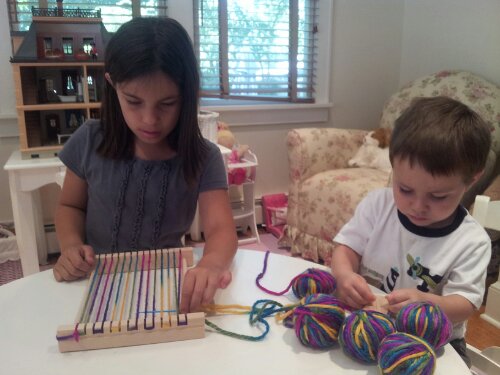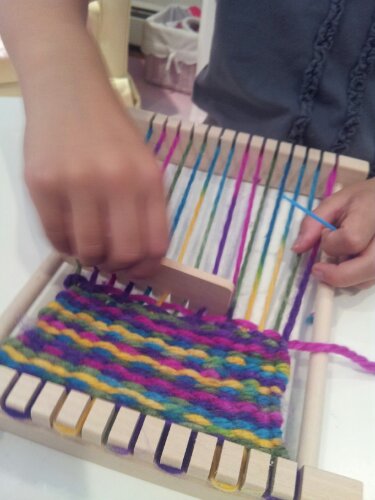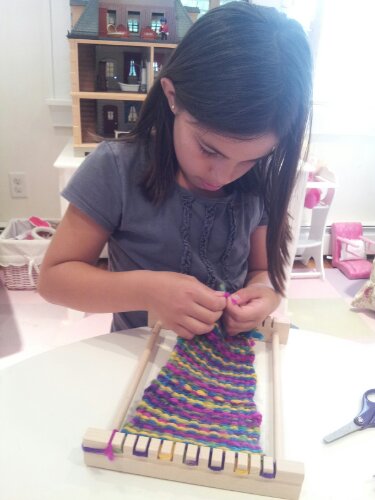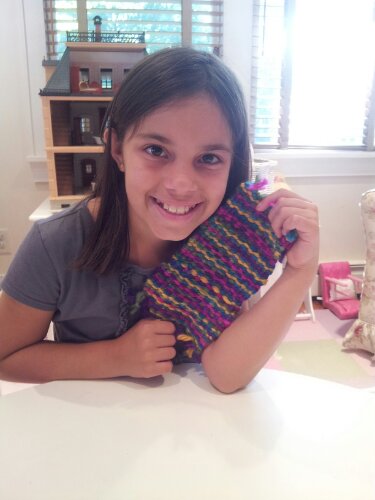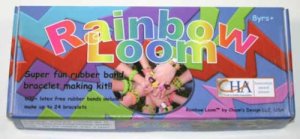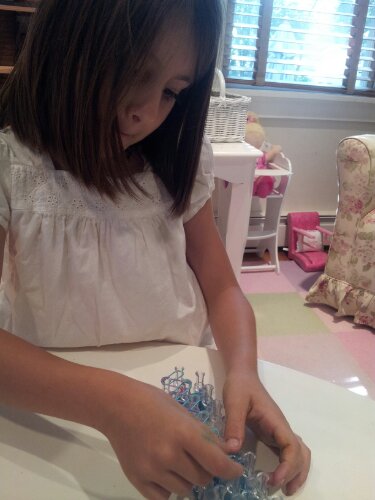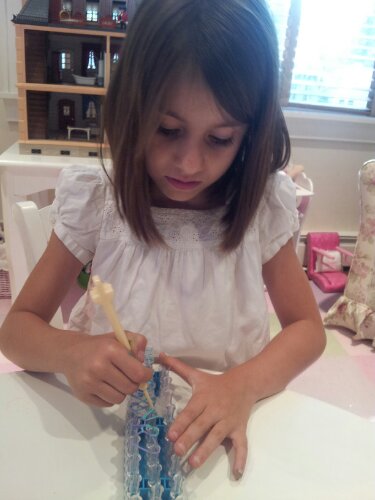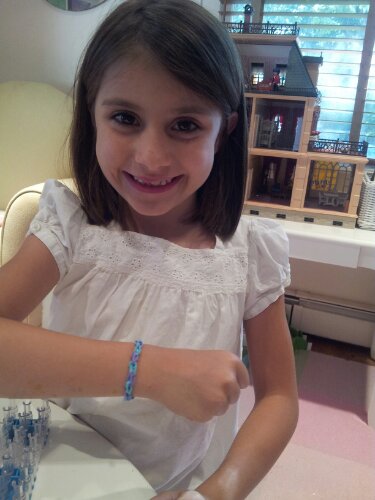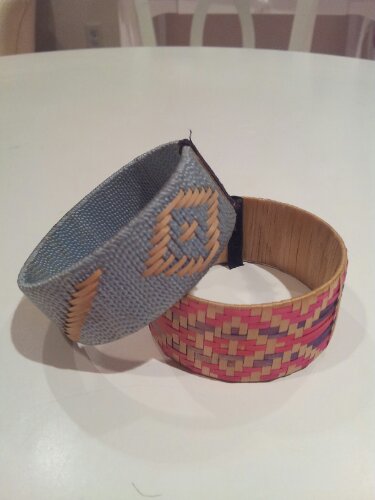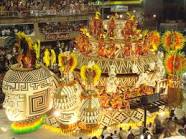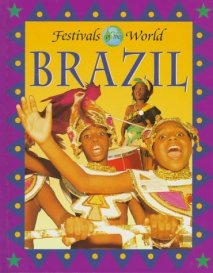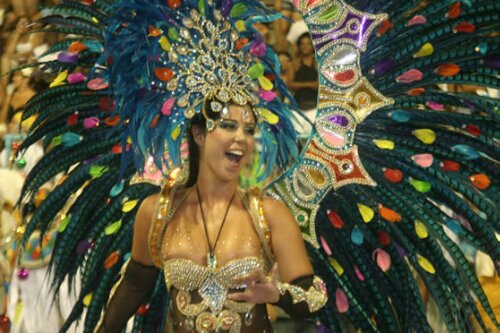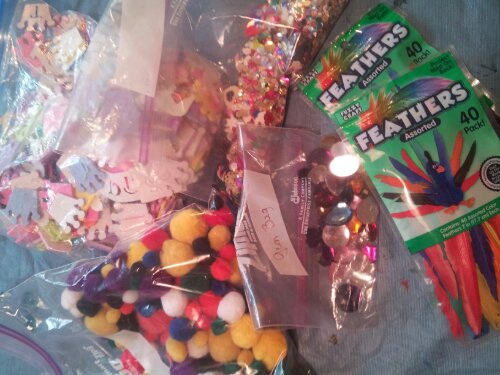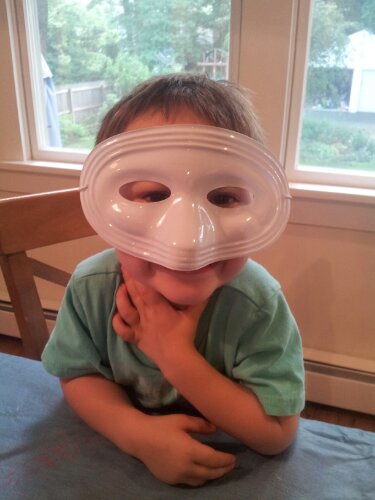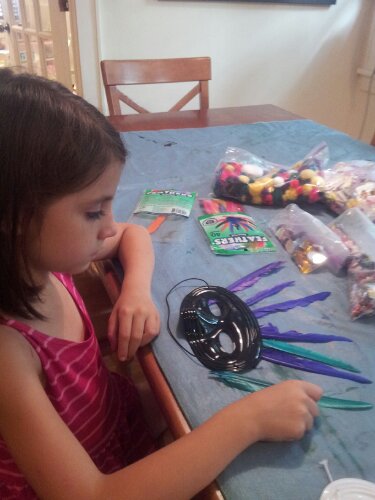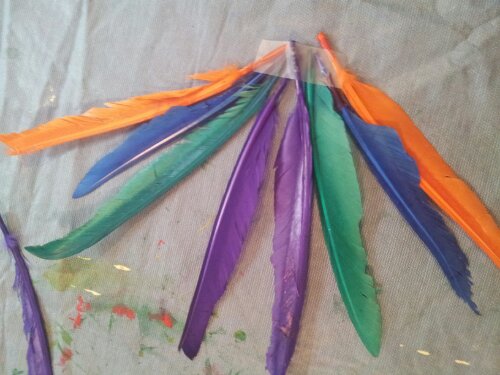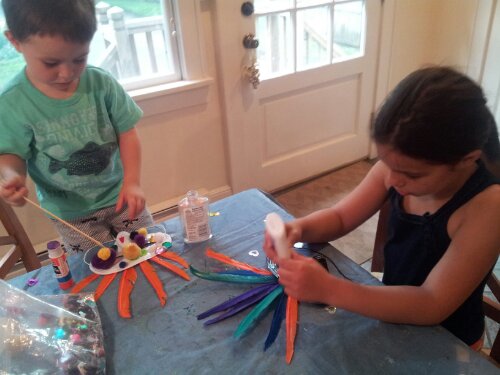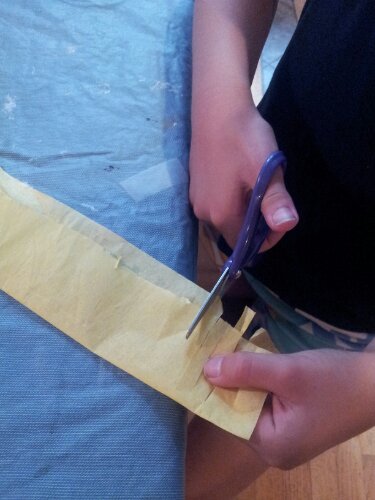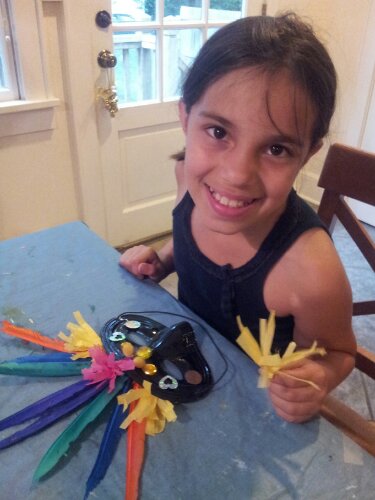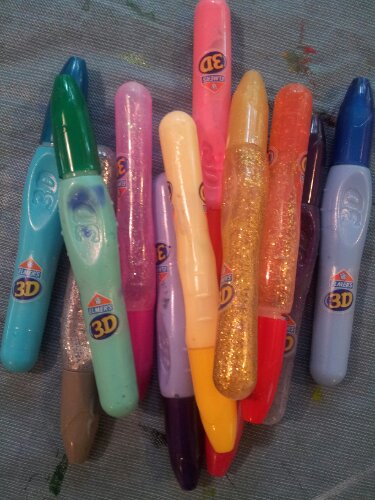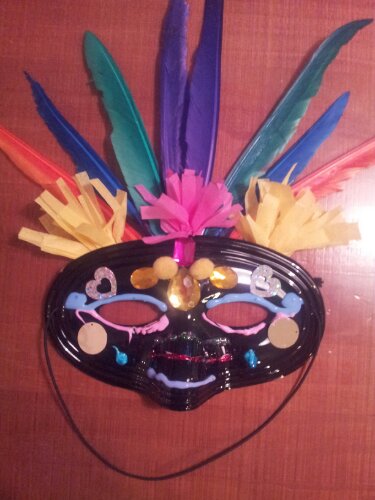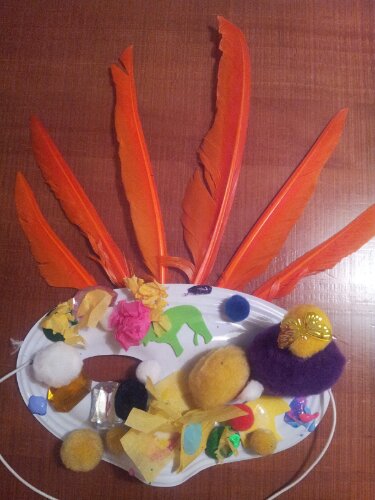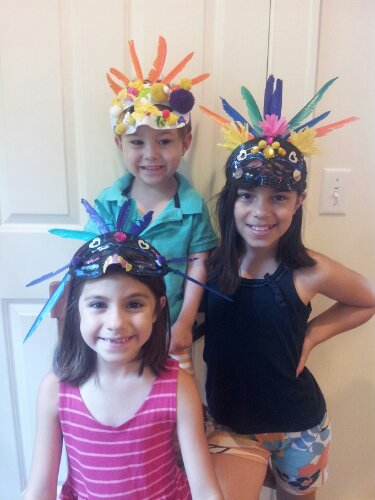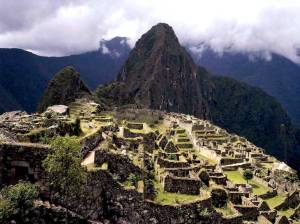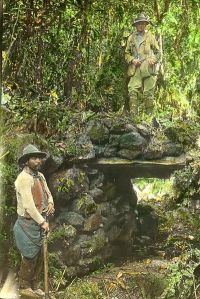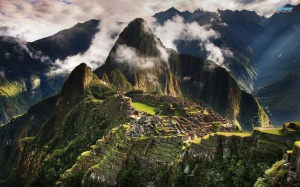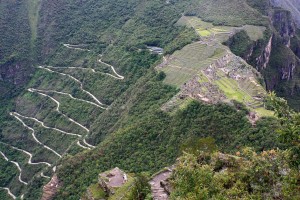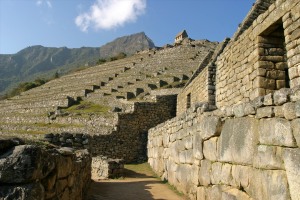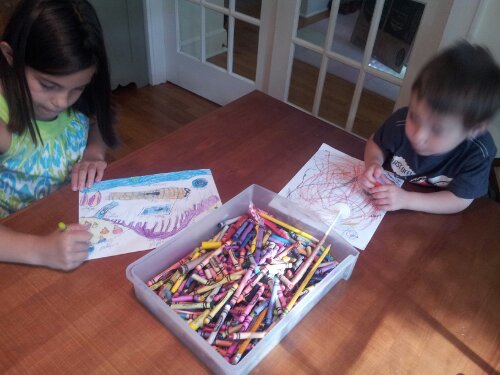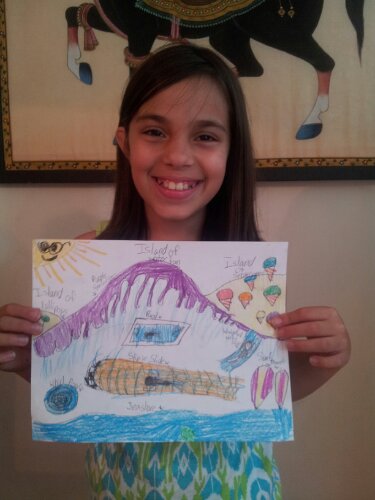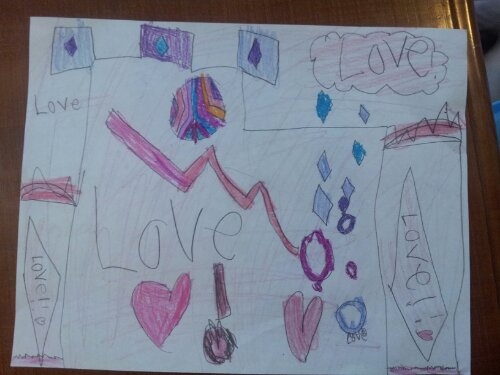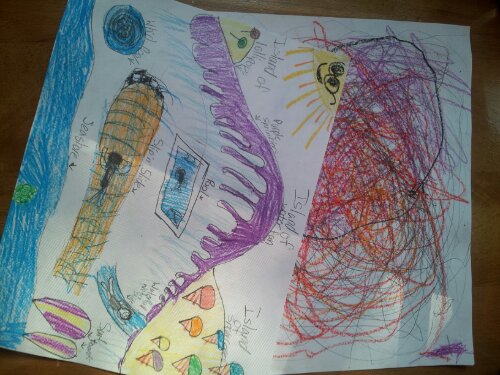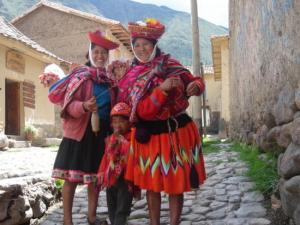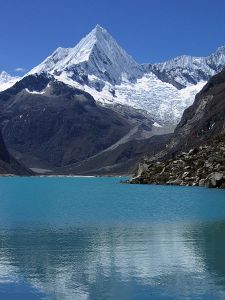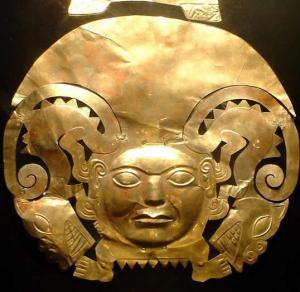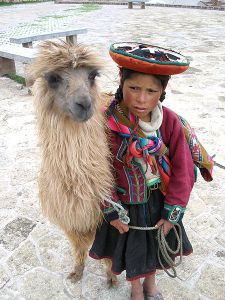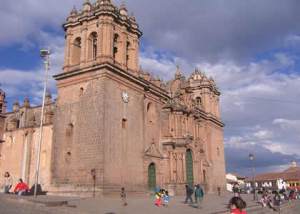To learn some more about the foods of South America we take a trip to the international foods aisle of the grocery store. We find so many interesting items we’ve never noticed before…

Rows of soda in flavors like coconut and guava. We take home a few to try and find them less sweet and carbonated than soda in the states. The pink guava is the biggest hit.

All sorts of juices, chips and puffs. We try the plantain chips!
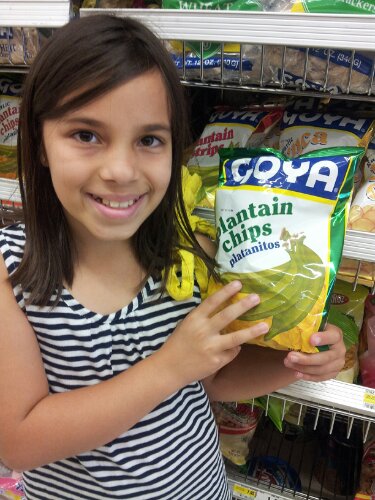
Lots of coconut, dulce de leche and sweet fruit desserts.
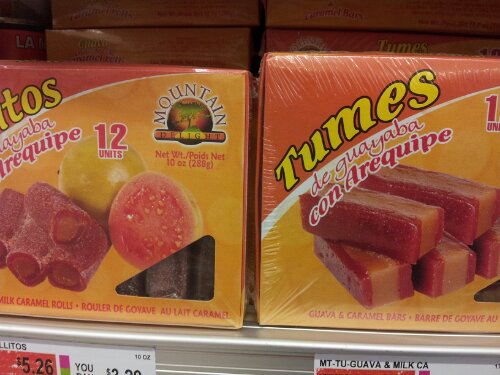
“Oat based smoothie”

The kids aren’t too sure about this one!
Many desserts across South America feature dulce de leche, a thick caramel sauce. We decide to make Alfajores, a favorite sandwich cookie made up of two vanilla wafers and filled with dulce de leche and then sprinkled with powdered sugar. We just learned how to make them for CZ’s international fair at school so now we are pros! In some countries you will find them edged in coconut or even dipped in chocolate, but we pick the most traditional version.
Here’s how to make Alfajores:
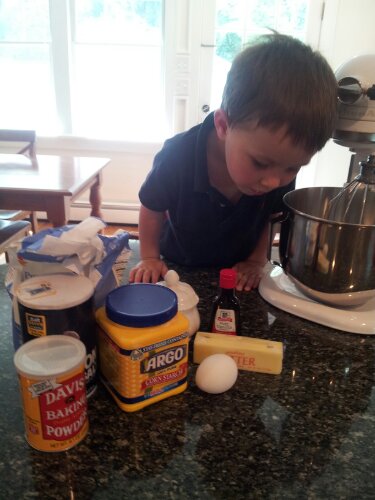
Ingredients:
1 1/4 cup flour
1/2 cup corn starch
1/4 tsp baking powder
1/8 tsp salt
1/4 cup sugar
1 stick of butter
1 egg
1/2 tsp vanilla extract
Dulce de Leche
Powdered sugar
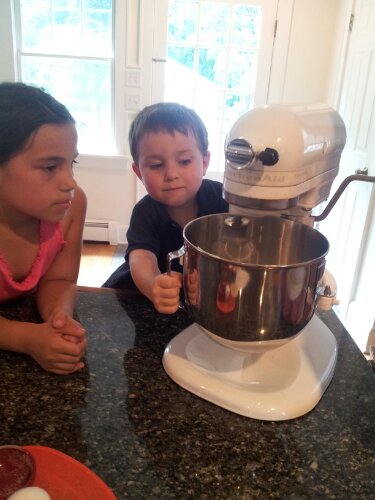
Mix butter and sugar and then add egg and vanilla and beat until smooth.
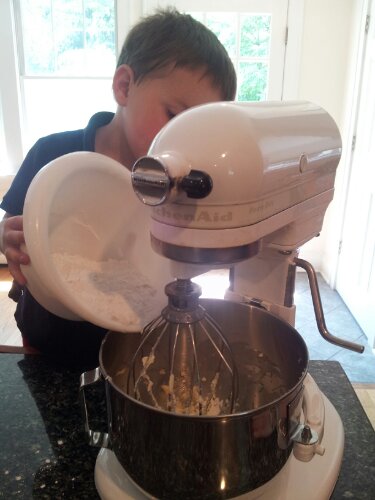
In a separate bowl combine flour, corn starch, salt, and baking powder and then slowly add dry ingredients into the wet until it forms a nice dough. Cover dough and refrigerate for one hour.
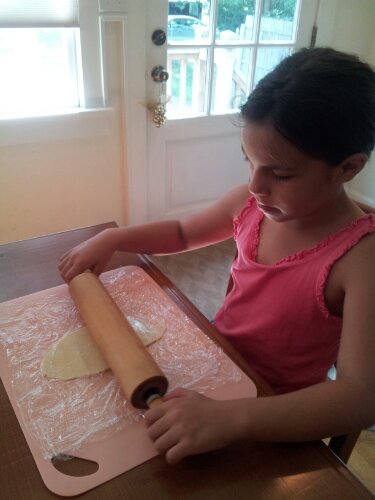
Roll out dough between two pieces of plastic wrap. It should be about 1/8 inch thick.
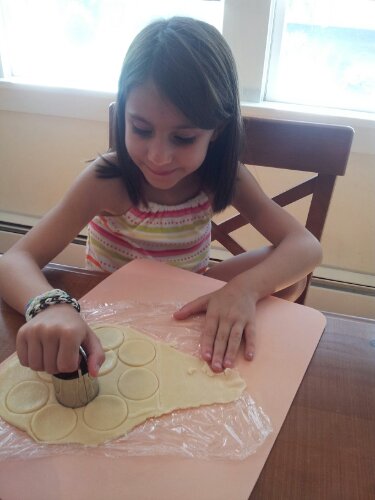
Cut dough into 1.5 inch circles.

Use a fork to poke small holes in the surface of the cookie.
Bake at 350° for 12 min.
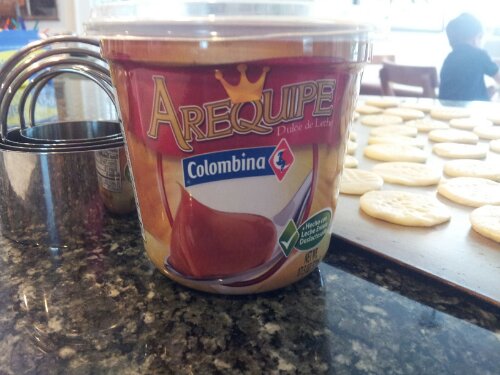
Allow cookies to cool and prepare dulce de leche filling or buy one premade like we did.
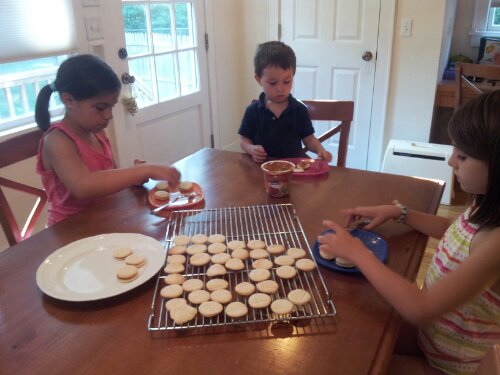
Fill cookies with a tsp or more of dulce de leche.
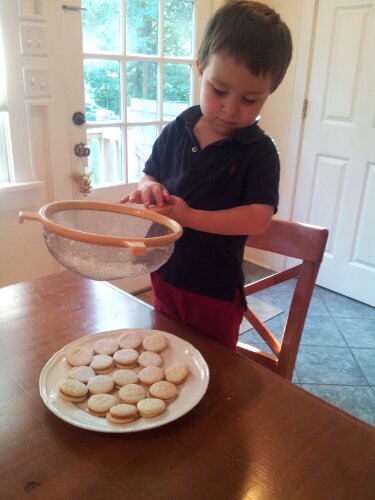
Sprinkle with powdered sugar…
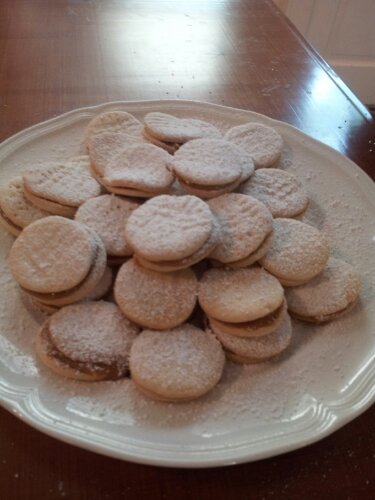
And enjoy! Makes about 3 dozen.


